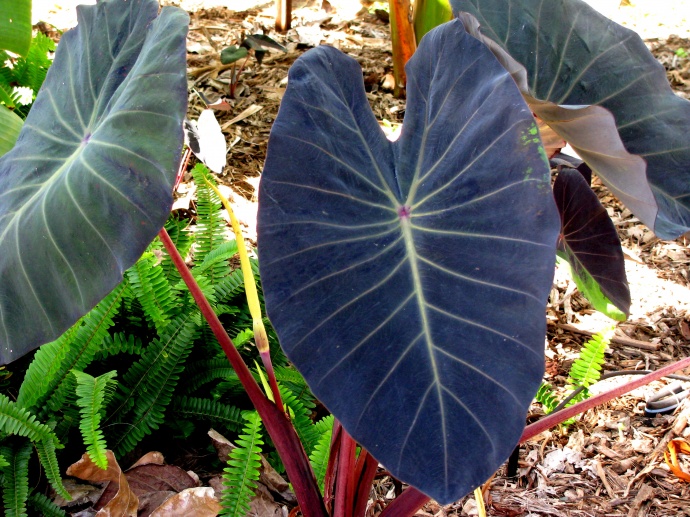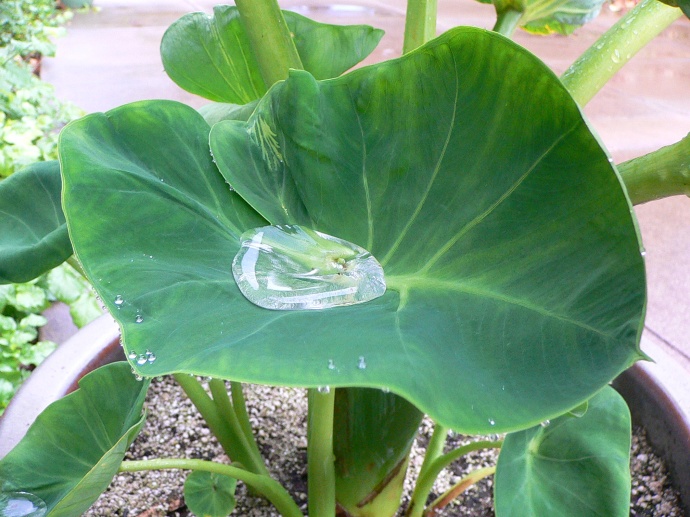Kalo Workshop at Maui Nui Botanical Gardens on Saturday
By Maui Now Staff
Cultural practitioner and accomplished farmer Jerry Konanui will lead a Kalo (taro) Workshop at Maui Nui Botanical Gardens on Saturday, May 30, at 9 a.m.
Workshop participants will learn to identify Hawaiian varieties of kalo, discuss traditional cultivation methods, and receive information about the cultural relevance of this important crop.
A tasting portion will allow comparisons between varieties.
Konanui of Pāhoa on Hawai‘i Island, is a product of generations of mahi‘ai and lawai‘a (farmers and fisherman).
He has provided statewide educational workshops and demonstrations since the 1960s and is an expert in kalo, ‘uala (sweet potato), ‘awa (kava) and kō (sugar cane), as well as other mea kanu (agricultural plants).
Konanui is currently working with Maui Nui Botanical Gardens in Kahului, Waimea Valley on O‘ahu and Kahanu Gardens in Hāna, as well as with many private collectors.
He is a member of the Hawai‘i State Taro Security and Purity Task Force representing the statewide Onipa‘a Nā Hui Kalo organization.
Kalo was likely the most important plant to the first settlers of Hawai‘i. Early Hawaiians grew 200 to 300 varieties, each adapted to different local conditions. Today, about 80 varieties remain.
Kalo was used medicinally to stop wounds from bleeding, for prevention of swelling or pain from insect bites, and for fever reduction.
Poi was produced by steaming the corms in an underground oven (imu), then mashing them and adding water.
In addition to being a staple food source, poi was used in religious rituals, as bait for ‘opelu fishing and for gluing together pieces of kapa. A purple to red kapa dye can be made from the poni kalo variety.
Maui Nui Botanical Gardens maintains and distributes the Hawaiian kalo varieties that still exist by partnering with the Ceres Trust to keep a collection of more than 60 labeled cultivars, distributing huli during harvest, and holding periodic kalo sales to share these varieties with the public.
The next taro sale will be on Aug. 29.
The workshop fee is $20 MNBG members; $45 for visitors.
Register via email or call (808) 249-2798.
The gardens are located at 150 Kanaloa Ave., in Kahului.
Maui Nui Botanical Gardens is a nonprofit 501(c)(3) organization.












